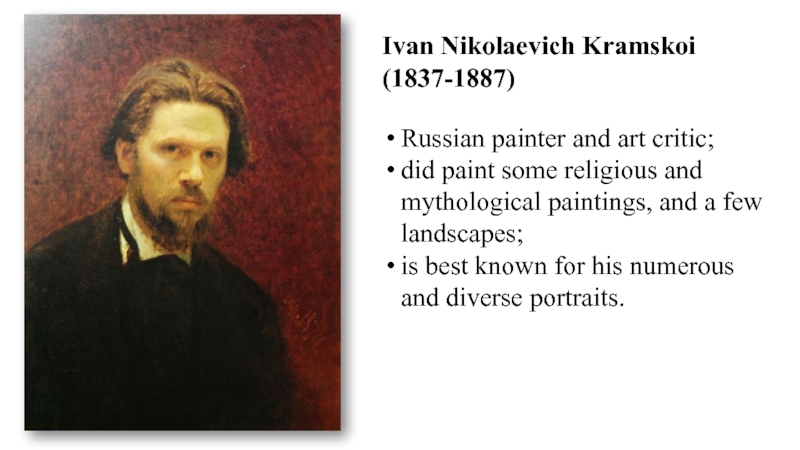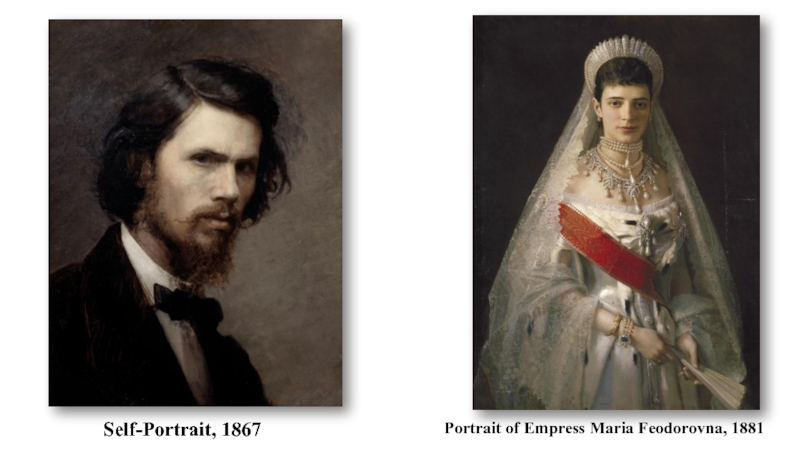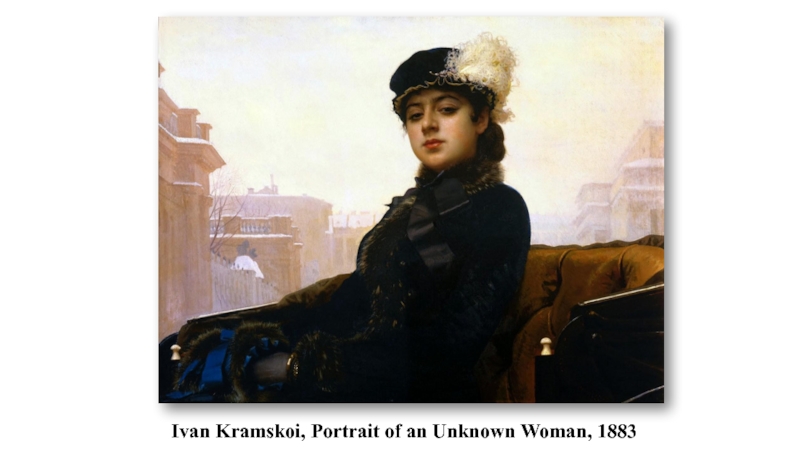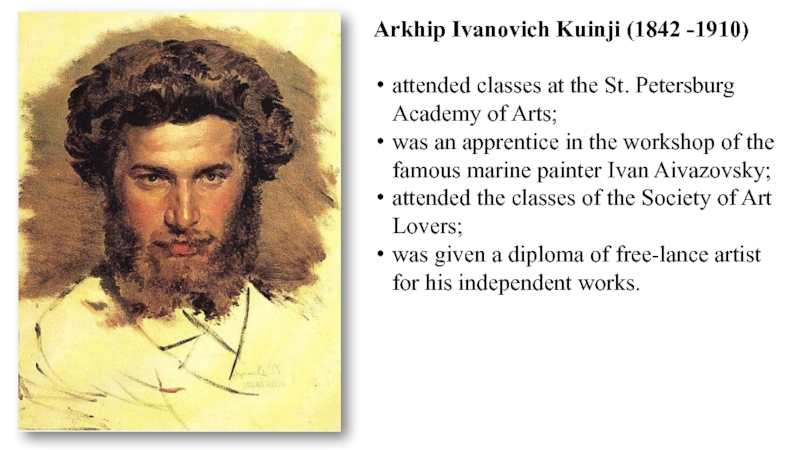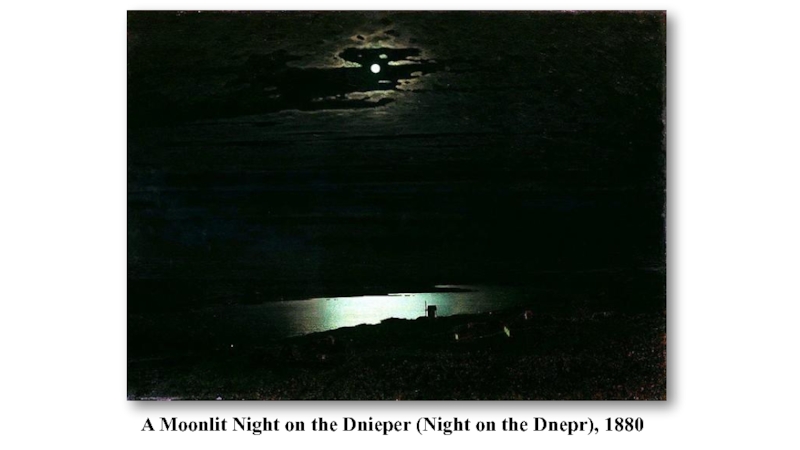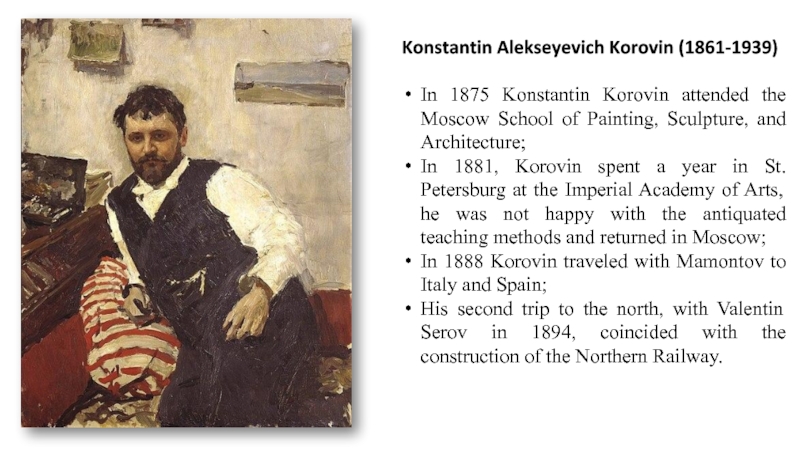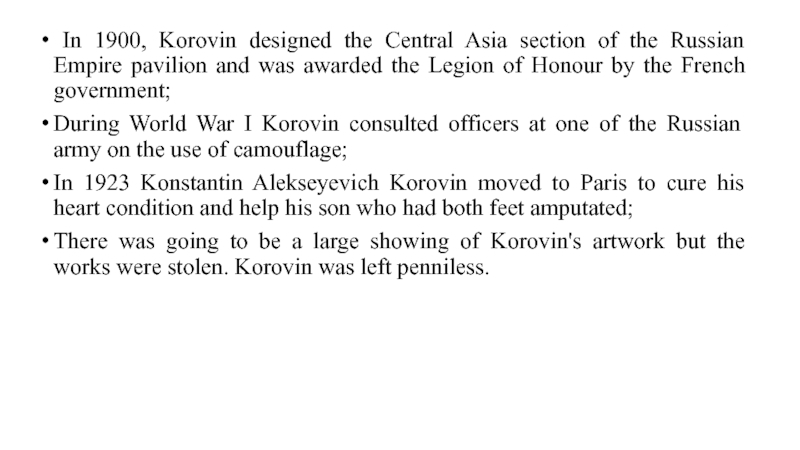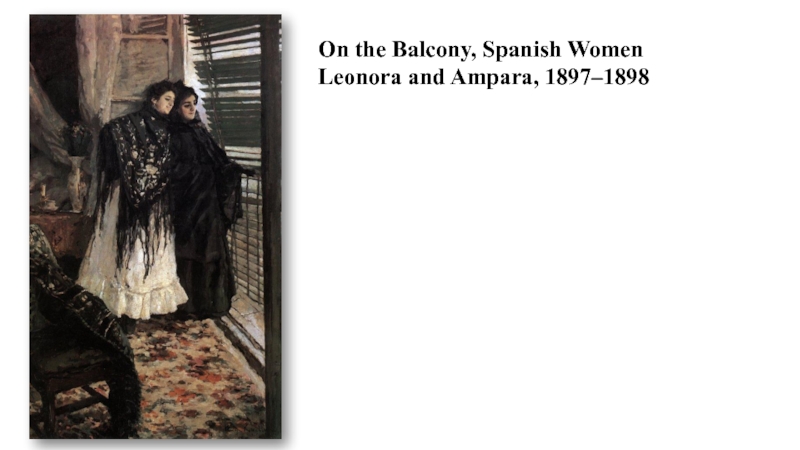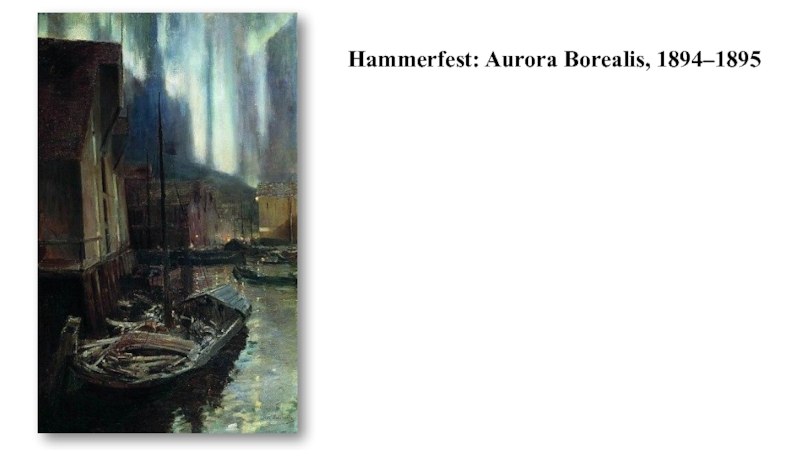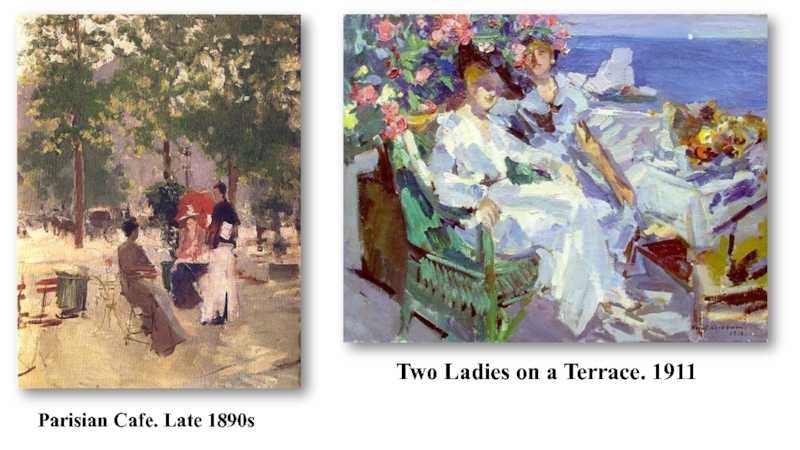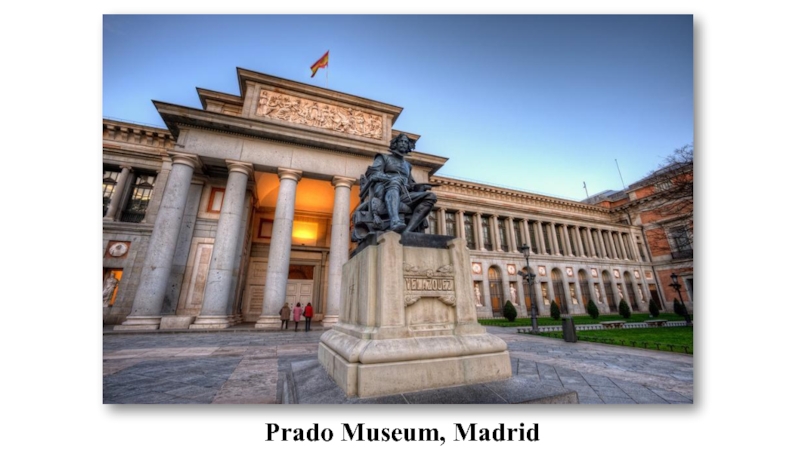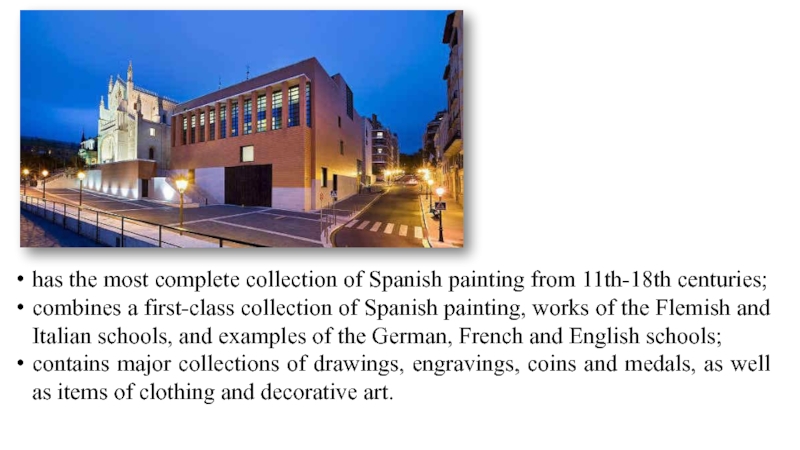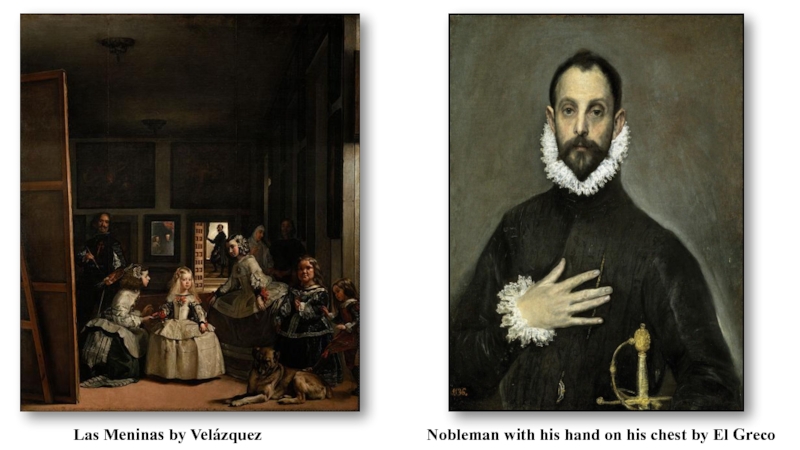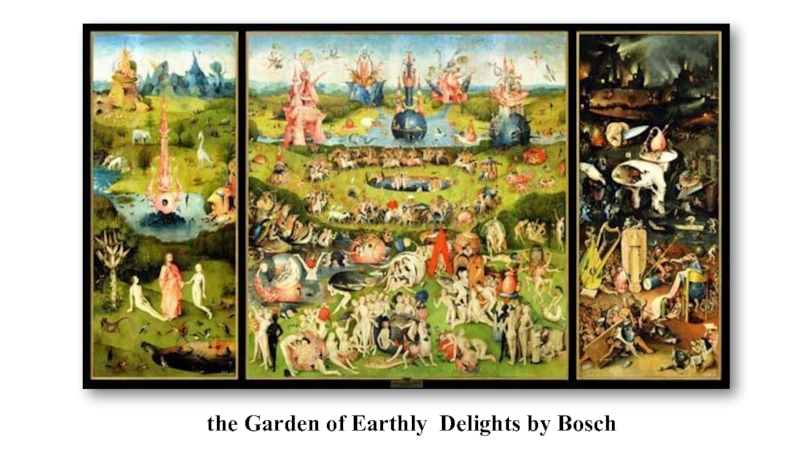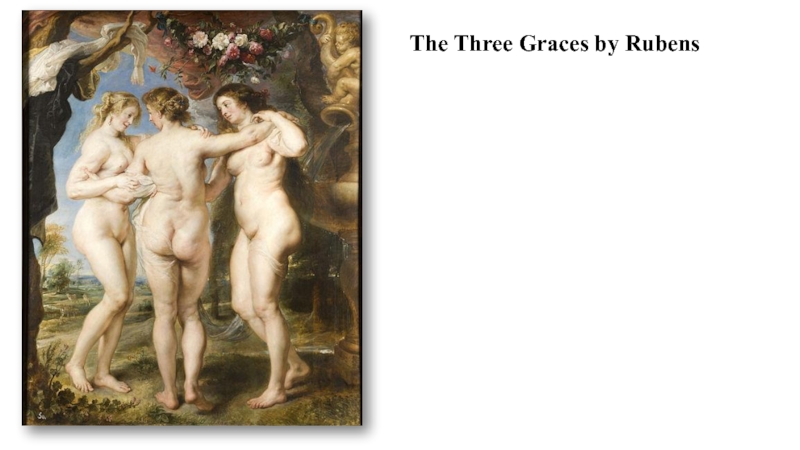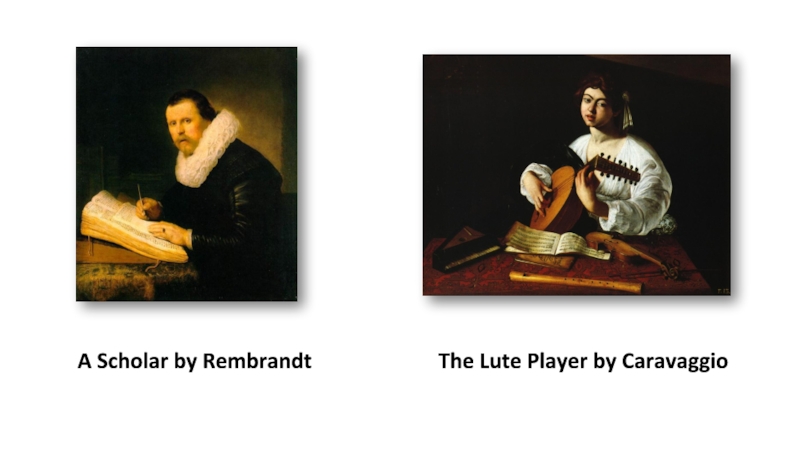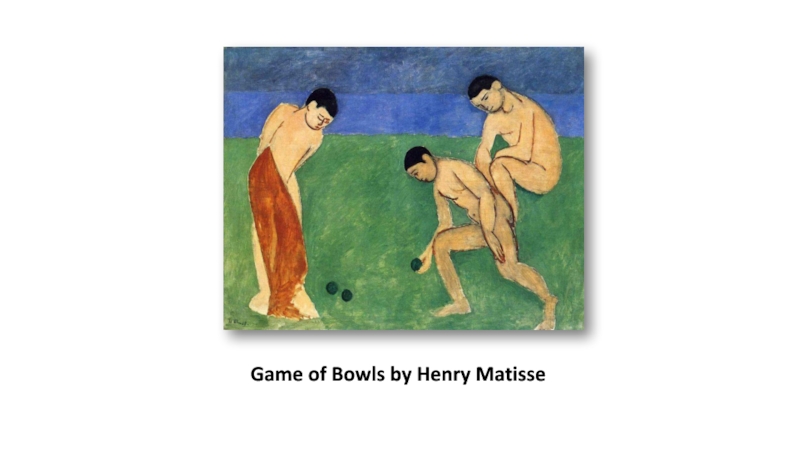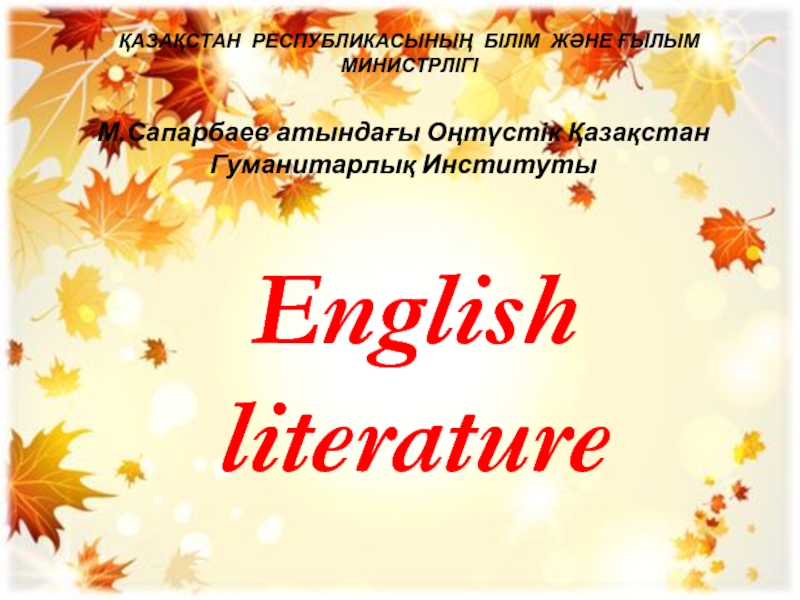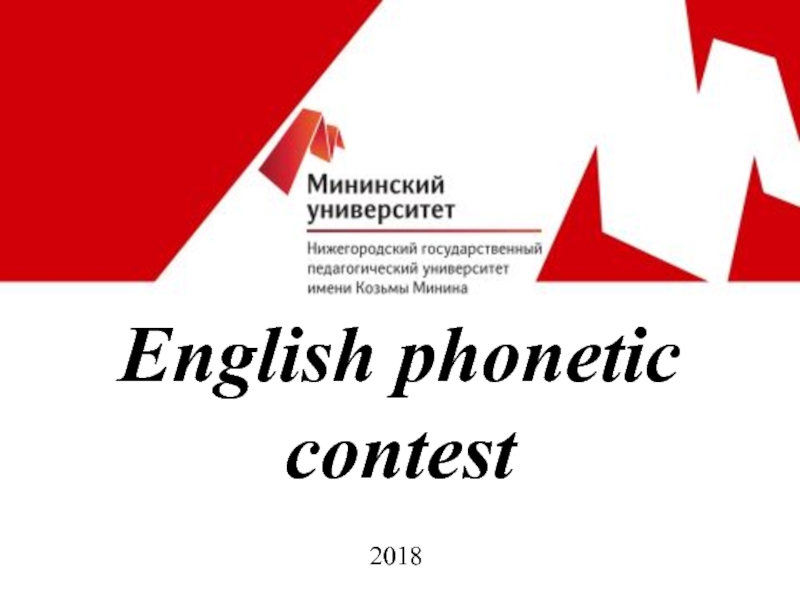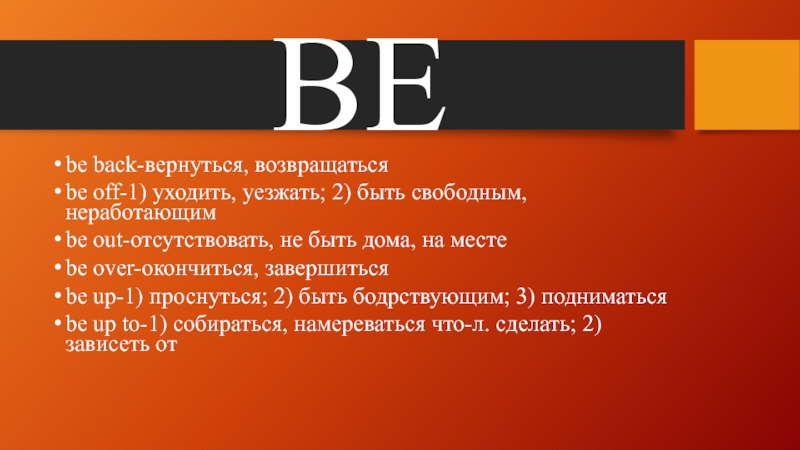Alyona Funk, 312 group
- Главная
- Разное
- Дизайн
- Бизнес и предпринимательство
- Аналитика
- Образование
- Развлечения
- Красота и здоровье
- Финансы
- Государство
- Путешествия
- Спорт
- Недвижимость
- Армия
- Графика
- Культурология
- Еда и кулинария
- Лингвистика
- Английский язык
- Астрономия
- Алгебра
- Биология
- География
- Детские презентации
- Информатика
- История
- Литература
- Маркетинг
- Математика
- Медицина
- Менеджмент
- Музыка
- МХК
- Немецкий язык
- ОБЖ
- Обществознание
- Окружающий мир
- Педагогика
- Русский язык
- Технология
- Физика
- Философия
- Химия
- Шаблоны, картинки для презентаций
- Экология
- Экономика
- Юриспруденция
The Art of Russian Artists презентация
Содержание
- 2. Ivan Nikolaevich Kramskoi (1837-1887) Russian painter
- 3. Portrait of Empress Maria Feodorovna, 1881 Self-Portrait, 1867
- 4. Ivan Kramskoi, Portrait of an Unknown Woman, 1883
- 5. Arkhip Ivanovich Kuinji (1842 -1910)
- 6. A Moonlit Night on the Dnieper (Night on the Dnepr), 1880
- 7. Konstantin Alekseyevich Korovin (1861-1939) In 1875
- 8. In 1900, Korovin designed the Central
- 9. On the Balcony, Spanish Women Leonora and Ampara, 1897–1898
- 10. Hammerfest: Aurora Borealis, 1894–1895
- 11. Parisian Cafe. Late 1890s Two Ladies on a Terrace. 1911
- 12. Prado Museum, Madrid
- 13. has the most complete collection of Spanish
- 14. Las Meninas by Velázquez Nobleman with his hand on his chest by El Greco
- 15. the Garden of Earthly Delights by Bosch
- 16. The Three Graces by Rubens
- 18. Game of Bowls by Henry Matisse
Слайд 2Ivan Nikolaevich Kramskoi (1837-1887)
Russian painter and art critic;
did paint some religious
and mythological paintings, and a few landscapes;
is best known for his numerous and diverse portraits.
is best known for his numerous and diverse portraits.
Слайд 5Arkhip Ivanovich Kuinji (1842 -1910)
attended classes at the St. Petersburg
Academy of Arts;
was an apprentice in the workshop of the famous marine painter Ivan Aivazovsky;
attended the classes of the Society of Art Lovers;
was given a diploma of free-lance artist for his independent works.
was an apprentice in the workshop of the famous marine painter Ivan Aivazovsky;
attended the classes of the Society of Art Lovers;
was given a diploma of free-lance artist for his independent works.
Слайд 7Konstantin Alekseyevich Korovin (1861-1939)
In 1875 Konstantin Korovin attended the Moscow School
of Painting, Sculpture, and Architecture;
In 1881, Korovin spent a year in St. Petersburg at the Imperial Academy of Arts, he was not happy with the antiquated teaching methods and returned in Moscow;
In 1888 Korovin traveled with Mamontov to Italy and Spain;
His second trip to the north, with Valentin Serov in 1894, coincided with the construction of the Northern Railway.
In 1881, Korovin spent a year in St. Petersburg at the Imperial Academy of Arts, he was not happy with the antiquated teaching methods and returned in Moscow;
In 1888 Korovin traveled with Mamontov to Italy and Spain;
His second trip to the north, with Valentin Serov in 1894, coincided with the construction of the Northern Railway.
Слайд 8 In 1900, Korovin designed the Central Asia section of the
Russian Empire pavilion and was awarded the Legion of Honour by the French government;
During World War I Korovin consulted officers at one of the Russian army on the use of camouflage;
In 1923 Konstantin Alekseyevich Korovin moved to Paris to cure his heart condition and help his son who had both feet amputated;
There was going to be a large showing of Korovin's artwork but the works were stolen. Korovin was left penniless.
During World War I Korovin consulted officers at one of the Russian army on the use of camouflage;
In 1923 Konstantin Alekseyevich Korovin moved to Paris to cure his heart condition and help his son who had both feet amputated;
There was going to be a large showing of Korovin's artwork but the works were stolen. Korovin was left penniless.
Слайд 13has the most complete collection of Spanish painting from 11th-18th centuries;
combines
a first-class collection of Spanish painting, works of the Flemish and Italian schools, and examples of the German, French and English schools;
contains major collections of drawings, engravings, coins and medals, as well as items of clothing and decorative art.
contains major collections of drawings, engravings, coins and medals, as well as items of clothing and decorative art.

